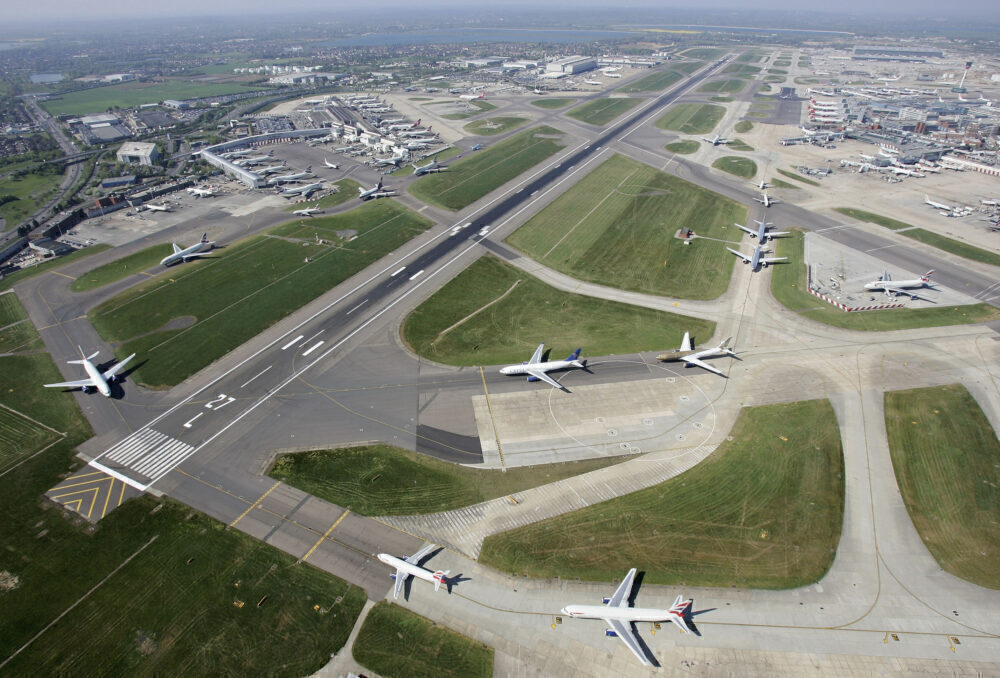You may have heard airlines, airports, and media refer to IATA winter and summer schedules. While airlines, of course, have their own schedules, which typically vary seasonally, the summer and winter schedules here are IATA-defined seasons for slot allocation. These are the two times each year that slot use and allocation are assessed and adjusted.

IATA and slot allocation
There was a time when airport capacity was not overly constrained, and takeoff and landing permissions were simply negotiated between operators and airports. As airports have become busier, more overall coordination and control have been needed. The International Air Transport Association (IATA) has provided this since the1970s, with a regulated slot process.
IATA defines three categories for airport and slot control based on the capacity and demand for airport use. These are Level 1 (non-coordinated airport), Level 2 (slot facilitated airport), and Level 3 (coordinated airport). According to IATA, as of Summer 2019, there were 205 slot coordinated airports globally.
A ‘slot’ is simply the permission of the airport operator for an airline to land a plane (and then take-off – each slot is effectively a landing and take-off pair). Slots are fixed for a particular time of day (with flexibility for disruption, of course).

Defining the seasons
Slots are allocated to airlines using a defined IATA process (the Worldwide Airport Slot Guidelines (WASG)). Key to this is the definition of two seasons – the winter and summer seasons. For each season, airlines submit their slot requests and planned usage. An IATA conference is held twice a year, at which these slots are allocated and finalized.
Seasons are defined by IATA as follows:
- IATA Summer schedule – begins on the last Sunday of March and ends on the last Saturday of October.
- IATA Winter schedule – begins on the last Sunday of October and ends on the last Saturday of March.
- For the 2022 to the 2023 year, the Summer season begins on March 27th 2022. The Winter season starts on October 30th 2022.
There are dates defined in advance of these season start dates for airlines to submit slot requests and airports to submit capacity information. Each season, a slot conference is held to allocate slots to existing and to new airlines. The initial submission deadline for the 2022 summer season was in September 2021, and the conference was held in November. The initial deadline for the winter 2022 season is in April 2022, and the conference will be held from June 21st to 23rd.

Re-allocating slots
The seasons and allocation process does result in some slot re-allocation. If airlines are not using slots sufficiently, they will be returned and re-allocated to other airlines. There are strict rules for slot usage that airlines must adhere to. In normal circumstances, airlines must use the slots for at least 80% of each season.
At the pandemic’s start, this led to some situations where airlines were flying empty aircraft just to keep slots. This was resolved with slot waivers in place from the Summer 2020 season. Since that season, airlines have not had to fully utilize slots to keep hold of them.
When slots are not used or are returned to the pool, they are re-allocated to airlines according to the guidelines. According to IATA, the aims of this are to:
“ensure the most efficient declaration, allocation and use of available airport capacity in order to optimize benefits to consumers, taking into account the interests of airports and airlines.”
The allocation should consider existing operators and allow access opportunities for other airlines and startups. The IATA guidelines state that 50% of available capacity should be allocated to new entrants.

Selling slots
There is also a market operating in slots at the busiest airport. Slots are considered airline assets – in some cases, very valuable ones – and they can be traded and sold to other airlines. This operates separately from the IATA seasons and slot re-allocation process. Although IATA does not auction or sell available slots, it permits airlines to trade slots in this way.
The most desirable slot pairs can sell for very high prices. One of the most expensive deals to date was the purchase in 2016 of a pair of slots by Oman Air from Air France-KLM for US$75 million. This was a much sought-after early morning London Heathrow arrival slot. As a more typical example, Air New Zealand sold its slot pair (for less desirable times) in 2020 for NZ$42 million ($27 million).

There is plenty to discuss about slot usage and allocation. Feel free to share more examples of slot allocation or your thoughts about what could be changed in the process in the comments.
from Simple Flying https://ift.tt/3Fjzbyl
via IFTTT
Comments
Post a Comment